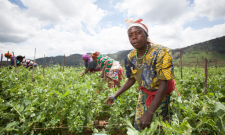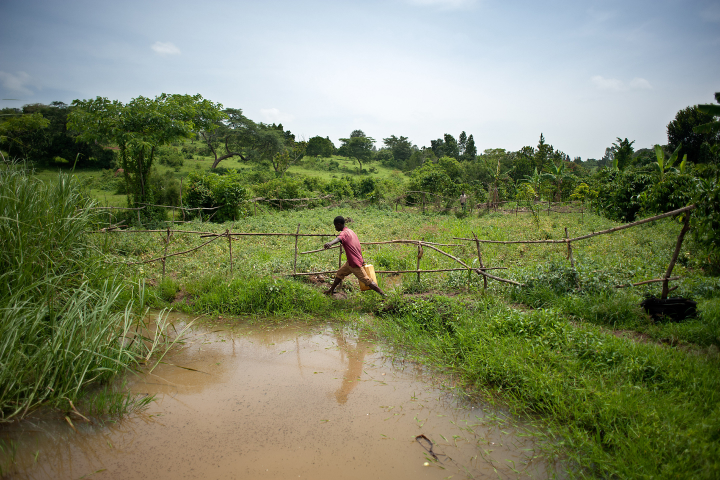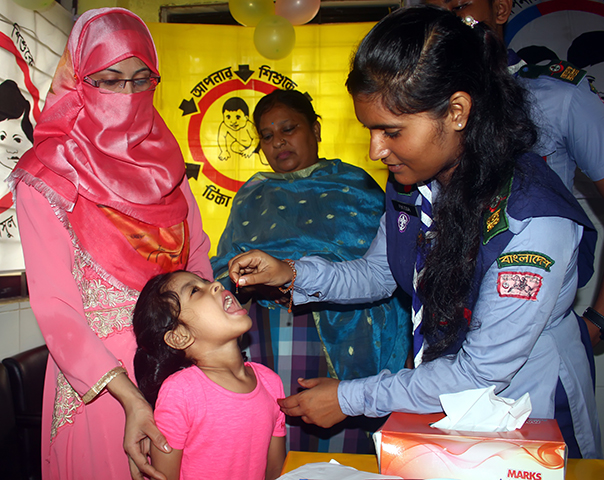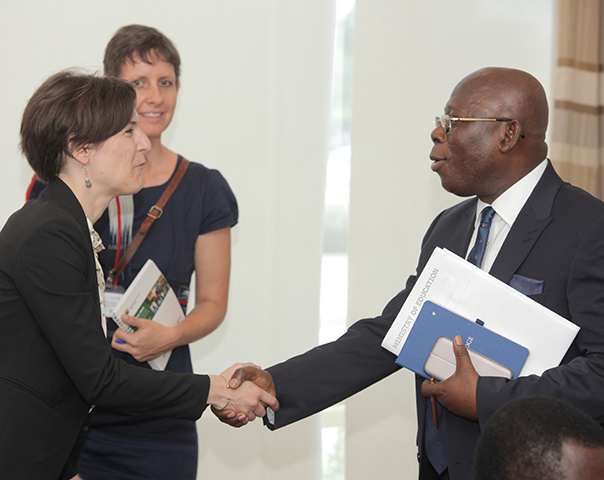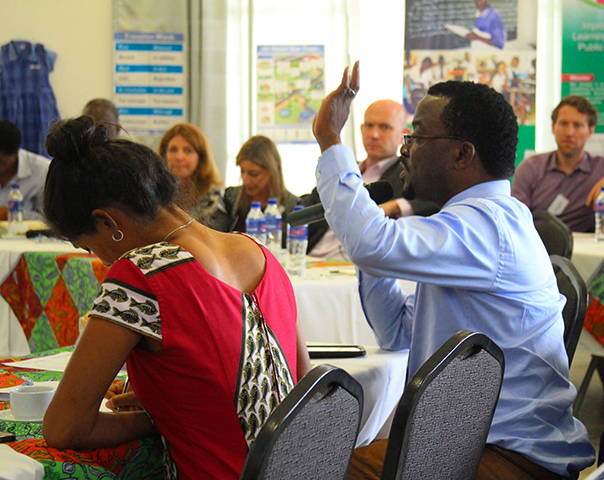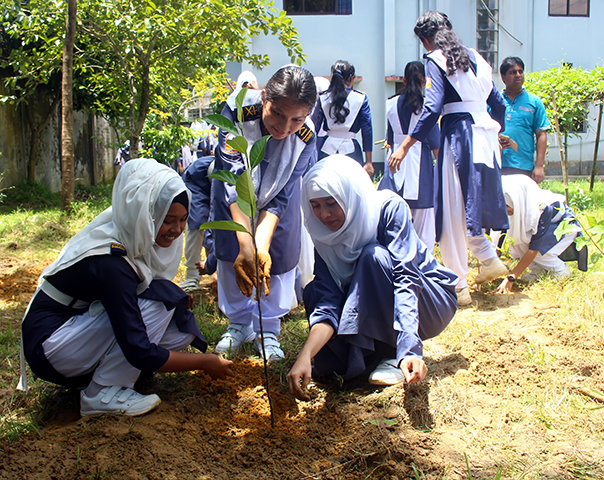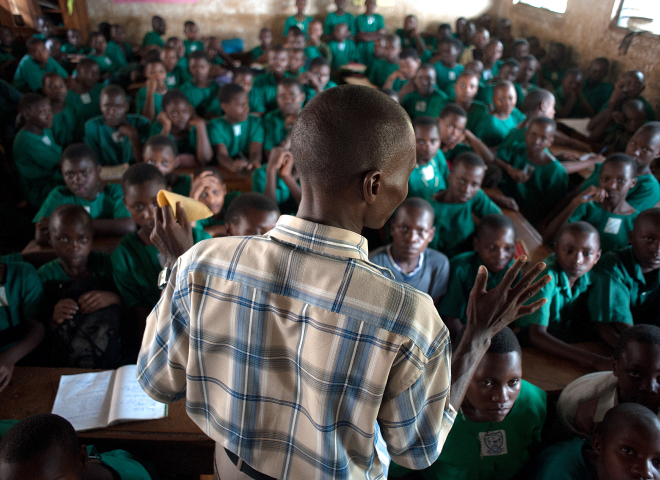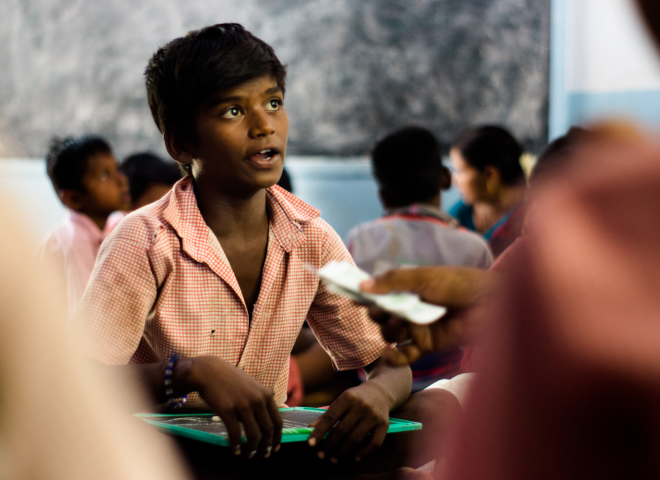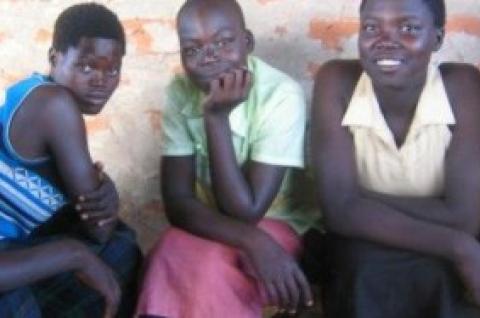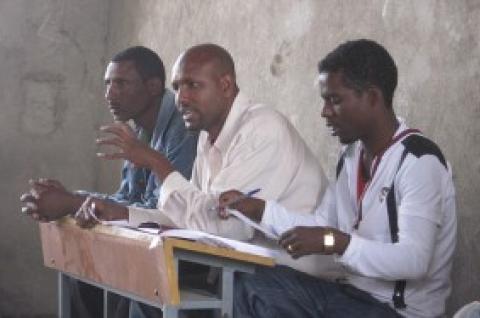The Challenge
Extreme poverty is complex and multi-dimensional, characterized by both economic and psychosocial challenges that keep people persistently living in poverty. The World Bank estimates that over 700 million people still live in extreme poverty, with climate change, health and economic shocks threatening to push million more into extreme poverty.1 Ultra-poor graduation programs recognize that the poorest households often face multiple, interconnected constraints and deprivations—lack of assets, skills, confidence, and social capital—that cannot be overcome with a single intervention, but that require a holistic, time-bound approach that provides complementary resources and support to create sustainable pathways out of poverty.
The Ultra-Poor Graduation (UPG) Approach
Pioneered by BRAC in 2002, the ultra-poor graduation program (UPG) supports ultra-poor individuals, mainly women in rural areas, to escape extreme poverty. It offers a comprehensive package of interventions aimed at breaking the poverty cycle and fostering lasting economic independence.
Graduation programs, while often tailored to local contexts, generally include four key intervention pillars proven to create pathways out of extreme poverty. These elements are implemented in a specific sequence over 12-36 months, culminating in a "graduation" timeline and exit strategy for achieving self-sufficiency. Coaching serves as a critical delivery mechanism through which participants receive personalized guidance, skill development, and psychosocial support.
Key components of the Graduation approach
- Consumption support: Immediate financial or food aid during transitions, often existing government cash transfers for vulnerable groups.
- Productive asset transfers and training: Providing livestock or capital transfers along with training to foster income generation.
- Financial support and savings: Access to formal and informal savings facilities, financial services, and financial literacy training.
- Life skills training: Equipping individuals with knowledge and skills to boost confidence and promote positive behavior changes.
- Coaching and linkages to support services, markets, and community: Dedicated coaches connect participants to essential services like healthcare and education, ensuring long-term progress.
Evidence on Ultra-Poor Graduation
IPA has supported the research and development of the graduation approach to become one of the most rigorously evaluated anti-poverty interventions, with randomized evaluations in Bangladesh, Ethiopia, Ghana, Honduras, India, Pakistan, Peru, Uganda, Yemen, and many more.
The 2015 IPA and the Abdul Latif Jameel Poverty Action Lab (J-PAL) study published in Science showed six adaptations of BRAC’s UPG program were effective in increasing income, consumption, and assets for ultra-poor households (Banerjee et al. 2015):
- Significant impacts on all ten key outcomes.2 Income and revenues were significantly higher in the treatment group in every country and household consumption was significantly higher in every country except Honduras.3
- Sustained positive effects on consumption, household assets, and food security three years post productive asset transfer.
- Positive benefit/cost ratios in five out of six countries, averaging 166%.
Evidence persists in the long term
India: Researchers tracked households over a decade and found positive effects on income and food security, and both physical and mental health increased during the first seven years and continued until year ten. Participant households were better positioned to capitalize on opportunities for more profitable wage employment, particularly through migration (Banerjee et al. 2020B). Ethiopia: Researchers evaluated the program seven years after the intervention and found consumption and asset levels remained elevated compared to households that did not receive the graduation program, though the gap narrowed, and there was no significant impact on income or food security (Banerjee et al. 2020A) 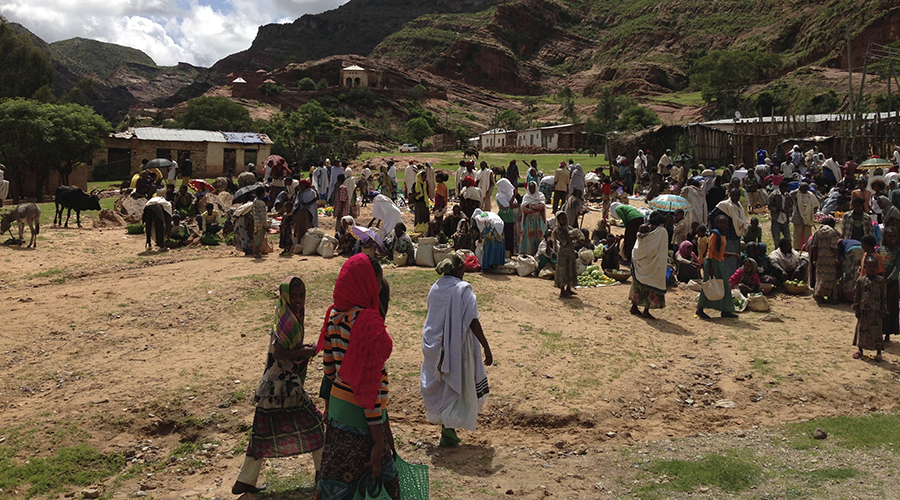 A market in Tigray, Ethiopia where some participants in the Graduation program sold their products. © 2013 Nate Barker. |
Policy Impact and Implications
Building on IPA and J-PAL's evidence showcasing the effectiveness of the “big push,” the ultra-poor graduation approach as an anti-poverty solution has been widely adopted. Currently, it has been implemented in 50 countries, reaching approximately 14 million people (BRAC Institute of Governance & Development and IPA 2023). IPA has also provided technical assistance to other organizations testing and scaling the model in additional contexts. More specifically, IPA is collaborating with BRAC to scale Graduation to millions of people globally by integrating this evidence-based approach into government systems. IPA is engaging with governments like Rwanda, Nigeria, and the Philippines to adopt, implement and scale Graduation through state and federal policies and coalitions of government departments, development partners, and NGOs.
A Vision for the Next Generation of Ultra-Poor Graduation
Looking beyond, further research is needed to fill in critical evidence gaps, strengthen programs, and maximize their benefits. As such, IPA has created a Research Agenda for the Next Wave of Graduation Programs. This Research Agenda focuses on addressing several crucial areas of the approach, including:
- Increasing cost-effectiveness
- Enhancing impacts
- Reaching new populations
- Positioning the model for scale
1 World Bank. 2024. Poverty, Prosperity, and Planet Report 2024: Pathways Out of the Polycrisis. Washington, DC: World Bank. doi:10.1596/978-1-4648-2123-3. License: Creative Commons Attribution CC BY 3.0 IGO
2 Total per capita consumption, Food security index, Asset index, Financial inclusion index, Total time spent working, Incomes and revenues index, Physical health index, Mental health index, Political involvement index, Women's empowerment index.
3 In Honduras, program participants experienced widespread livestock deaths which limited the impact of the productive asset transfer at a critical time.



